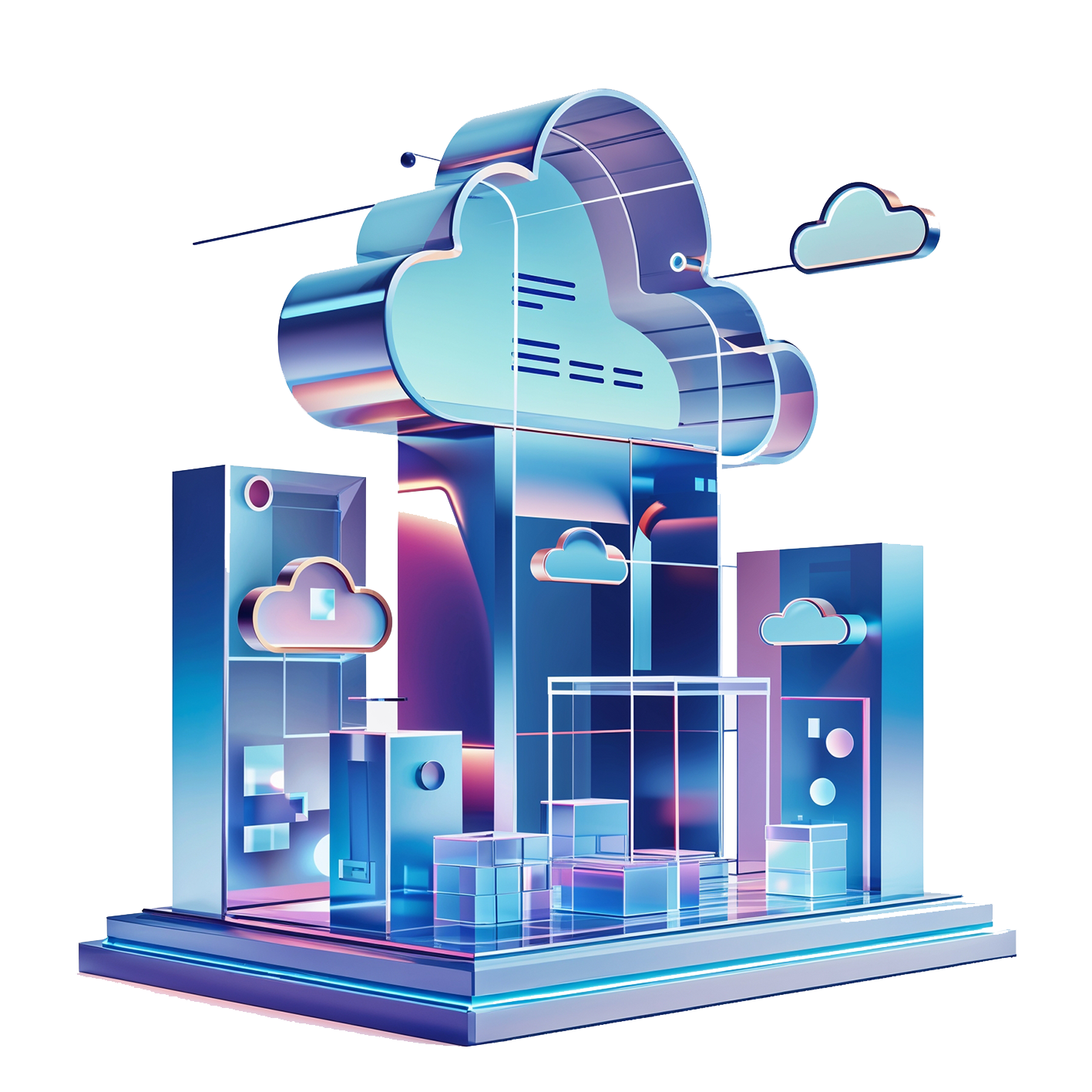Even when production lines have a low failure rate, manufacturing companies rarely have a clear picture of how their machines should — or could — be operating. Are they delivering the expected efficiency? Are production cycles optimized to reduce the risk of breakdowns? What are the actual costs of changeovers and energy consumption?
Without systems that monitor and automate processes — and that can recognize patterns after just a few dozen cycles, suggest better changeover times, and support smarter planning — it’s hard to answer these questions.
And when operators don’t have access to up-to-date technical data, the risk of working in unsafe conditions increases — for both employees and production continuity.
Implementing systems that automate machine settings, monitor real-time performance, and analyze operational data makes production more predictable and safer.
Operators gain access to clear dashboards showing machine condition. Parameters adjust automatically to the current product, and the system sends alerts before issues escalate. Maintenance teams can take proactive action instead of reacting to breakdowns.
✅ Real-time data to support faster, data-driven decisions on the shop floor and in operations management
✅ Greater process stability and reduced failure risk
✅ Shorter production cycles and faster changeovers, without quality loss
✅ Lower energy and material consumption
✅ A safer working environment for operators
✅ More control — without having to replace existing machines
⚙️ IoT + industrial sensors – real-time data from machines
⚙️ Edge computing – fast, local analysis and response to deviations
⚙️ Automation algorithms – dynamic adjustment of machine parameters
⚙️ HMI and operator dashboards – clear, user-friendly interface for teams
⚙️ Integration with MES and SCADA – seamless operation in your existing environment

Traditional reports and spreadsheets make analysis slow and unclear. Tools like Power BI, Grafana, and Tableau turn complex data into visual dashboards.
This allows manufacturers and OZE operators to track performance, detect inefficiencies, and make data-driven decisions—faster and more accurately than ever before.

MES gives manufacturers and renewable energy operators real-time control over production and infrastructure.
By collecting and analyzing performance, quality, and equipment data, MES enables smarter scheduling, waste reduction, faster response to issues, and improved efficiency of both industrial and energy operations.

Data scattered across multiple systems is hard to analyze. ETL integrates information from sources like ERP, MES, and IoT, then standardizes and loads it into a central database.
This ensures data consistency, enhances reporting accuracy, and provides a single source of truth for operational and strategic decisions.

Manufacturers and OZE companies often detect failures too late due to a lack of real-time monitoring. IoT sensors continuously collect and transmit data from machines or installations to analytical dashboards.
This enables real-time insights, predictive maintenance, and better operational control—reducing downtime, costs, and energy losses.

Companies often store data in disconnected systems, causing delays and inefficiencies. Cloud databases centralize critical business information, enabling real-time access, better collaboration, and faster decision-making.
For OZE companies, they support dynamic energy management and integrate easily with forecasting tools and IoT infrastructure.
